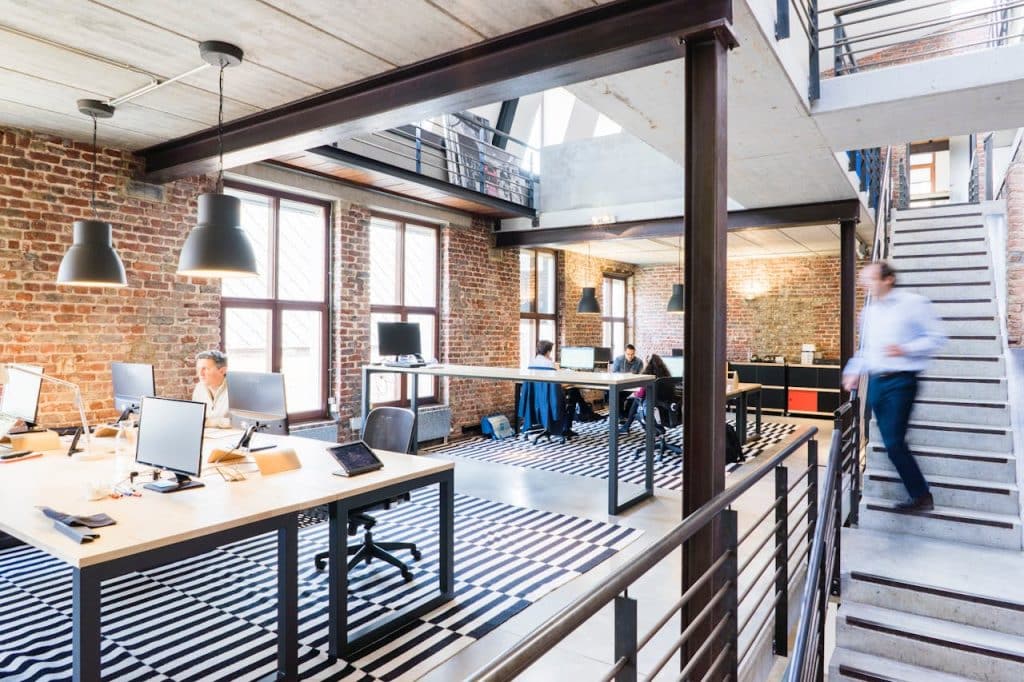How the Food Industry Benefits From Stainless Steel Equipment

The food industry demands high standards of hygiene, durability, and efficiency to ensure the safety and quality of products.
Among the many materials used for processing and storage, stainless steel process equipment remains the industry standard due to its unmatched benefits. Whether for food production, storage, or handling, stainless steel is crucial in maintaining operational excellence.
Let’s explore why stainless steel is the preferred choice for food processing applications.
Superior Hygiene and Corrosion Resistance
Cleanliness is a top priority in food processing. Stainless steel is non-porous, meaning it does not harbor bacteria, mold, or contaminants. Unlike other materials, it resists corrosion from acidic or alkaline food substances, ensuring a safe and sanitary processing environment.
Additionally, stainless steel’s smooth surface makes cleaning and sanitation easier. It withstands exposure to harsh cleaning agents and high-pressure washdowns, reducing the risk of contamination. Such a level of hygiene is essential for complying with strict food safety regulations, including those set by the FDA and USDA.
Unmatched Durability and Longevity
Food processing environments involve extreme temperatures, heavy loads, and continuous operation. Stainless steel is highly durable and resistant to wear and tear, making it a cost-effective choice in the long run.
- It can endure high temperatures without warping or degrading.
- It resists mechanical damage, reducing maintenance and replacement costs.
In addition, this material’s durability ensures food processing plants maintain consistent operations without frequent equipment failures, leading to higher productivity and reduced downtime.
Compliance with Food Safety Standards
Regulatory compliance is a critical factor in the food industry. Stainless steel meets the stringent requirements of organizations such as:
- FDA (Food and Drug Administration): Ensuring materials used in food contact surfaces are non-toxic and corrosion-resistant.
- USDA (United States Department of Agriculture): Approving materials that maintain hygiene in food processing environments.
- 3-A Sanitary Standards: Providing guidelines for cleanable and safe processing equipment.
Choosing stainless steel ensures compliance with these standards, reducing the risk of violations and recalls that could impact business operations and reputation.
Efficiency and Energy Savings
Stainless steel equipment enhances operational efficiency in multiple ways. Its ability to withstand high-pressure steam and extreme temperatures makes it ideal for pasteurization, sterilization, and cooking applications. Additionally, its thermal conductivity ensures even heat distribution, reducing energy consumption and improving processing efficiency.
Moreover, stainless steel’s low-maintenance nature leads to fewer disruptions in production, allowing food manufacturers to operate more smoothly and cost-effectively.
Versatility and Customization
Every food processing facility has unique requirements. Stainless steel can be fabricated into various forms, from holding tanks and conveyors to mixing vessels and piping systems. Its adaptability allows manufacturers to design equipment tailored to specific processes, maximizing space utilization and workflow efficiency.
Additionally, stainless steel is compatible with automation systems, further enhancing precision and productivity in food production.
Sustainability and Environmental Benefits
Sustainability is becoming increasingly important in the food industry. Stainless steel is an eco-friendly option due to its recyclability and long lifespan. Unlike plastic or coated metals, stainless steel does not degrade over time, reducing waste and contributing to a circular economy.
Manufacturers prioritizing sustainability benefit from lower material costs and improved brand reputation, as consumers are more inclined to support environmentally responsible businesses.
Conclusion
The food industry cannot compromise on quality, safety, or efficiency. Stainless steel process equipment is ideal for manufacturers looking to enhance hygiene, durability, compliance, and sustainability. With its superior resistance to corrosion, ease of maintenance, and adaptability to various processing needs, stainless steel remains the gold standard for food processing applications.
Investing in stainless steel is a strategic decision that leads to long-term operational success, reduced costs, and a commitment to food safety. For food processors aiming for excellence, stainless steel is the material of choice.




